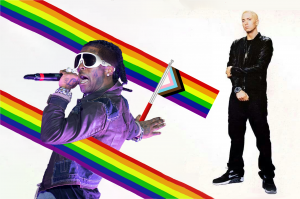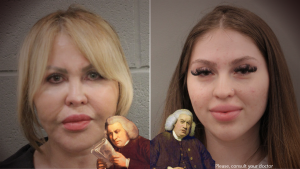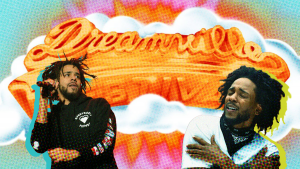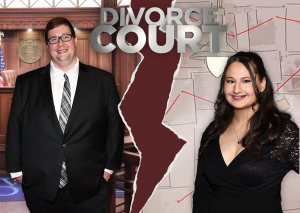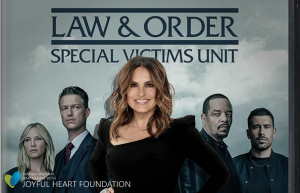It’s three in the morning on a school night and 14-year-old me is struggling to breathe as I button a plaid shirt up to my collar. In the mirror, I tuck my hair into a beanie and examine the flatness of my chest; I try to think about how I feel in this different, but not necessarily bad, new body. I don’t flatten my chest for school the next morning, but I do talk to my friends about gender dysmorphia – a term I’d read online shortly before my late-night game of dress-up.
I found my niche in high school among a few people who have since come out as queer or transgender (all of whom were having a gender and sexuality crisis at the same time I was). This made my introduction into the world of gender and gender identity a smooth one; not only had I already become accepting of my queer identity, I was surrounded by a group of people who validated and educated me.
Gender identity is how we identify and understand our gender, whereas sexuality is our sexual or romantic gender preference in partners. The two are frequently conflated, but the reality is that gender and sexuality are different things that can be mixed and matched in a variety of ways.
This being said, however, I believe my queer identity is intrinsically connected to my exploration of gender identity. Because I already had to go through the experience of assessing my sexuality, I was less hesitant to jump into gender and more accepting overall of my identity as gender non-conforming. That, paired with my support system of other queer people, made it easier to unravel just how deeply gender is ingrained into our sense of self.
For many of us, our gender is announced before we’re even assigned a name.
For a majority of Americans, it’s one of the first things a doctor will joyously announce at our births. We go back to nurseries, sometimes painted with our gender in mind, play with “boy” and “girl” toys, and wear onesies pronouncing “Girl Power!” or “Mommy’s Little Man.”
Gender is one of the first structures we know, and is thus a foundational pillar upon which we build our identities. Given this, it’s unsurprising that many people find it difficult or even shameful to break those boundaries. Even deviation from heterosexuality, while much more socially accepted, is at risk of ridicule and prejudice. Disentangling this concept is hard enough in and of itself, and adding gender into this equation is a step often overlooked.
So how do we add the “T” back in “LGBT?”
To start, let’s make an effort to familiarize ourselves with these identities and terms. You don’t have to be an expert; language concerning gender studies is always evolving and it’s easy to get mixed up. However, gender vocabulary allows us to listen and understand the conversation about gender, as well as providing basis for personal introspection about your own gender. A few of these concepts have been talked about already, but below are a few more terms people tend to throw around:
Cisgender – When a person’s gender identity aligns with their assigned gender at birth (AGaB). For example, if you were born with female reproductive organs and identify as a female, you are cisgender.
Transgender – When someone’s gender identity does not align with the sex they were assigned at birth.
Sex – Biological differences between people upon which the societal definition of gender has been construed.
Non-Binary – A gender existing outside the confines of “male” or “female” (i.e. a mix of the two, or neither).
Gender Performance – How a person expresses their gender identity to the world
This is by no means a comprehensive list, and I am only one voice in a much larger community. Gender is expansive and fascinating, and I encourage you to seek out other perspectives on it. By listening to trans voices, learning the vocabulary of gender and getting to the bottom of articles like this one, you help normalize non-binary and trans narratives and bring gender into the daily conversation.
